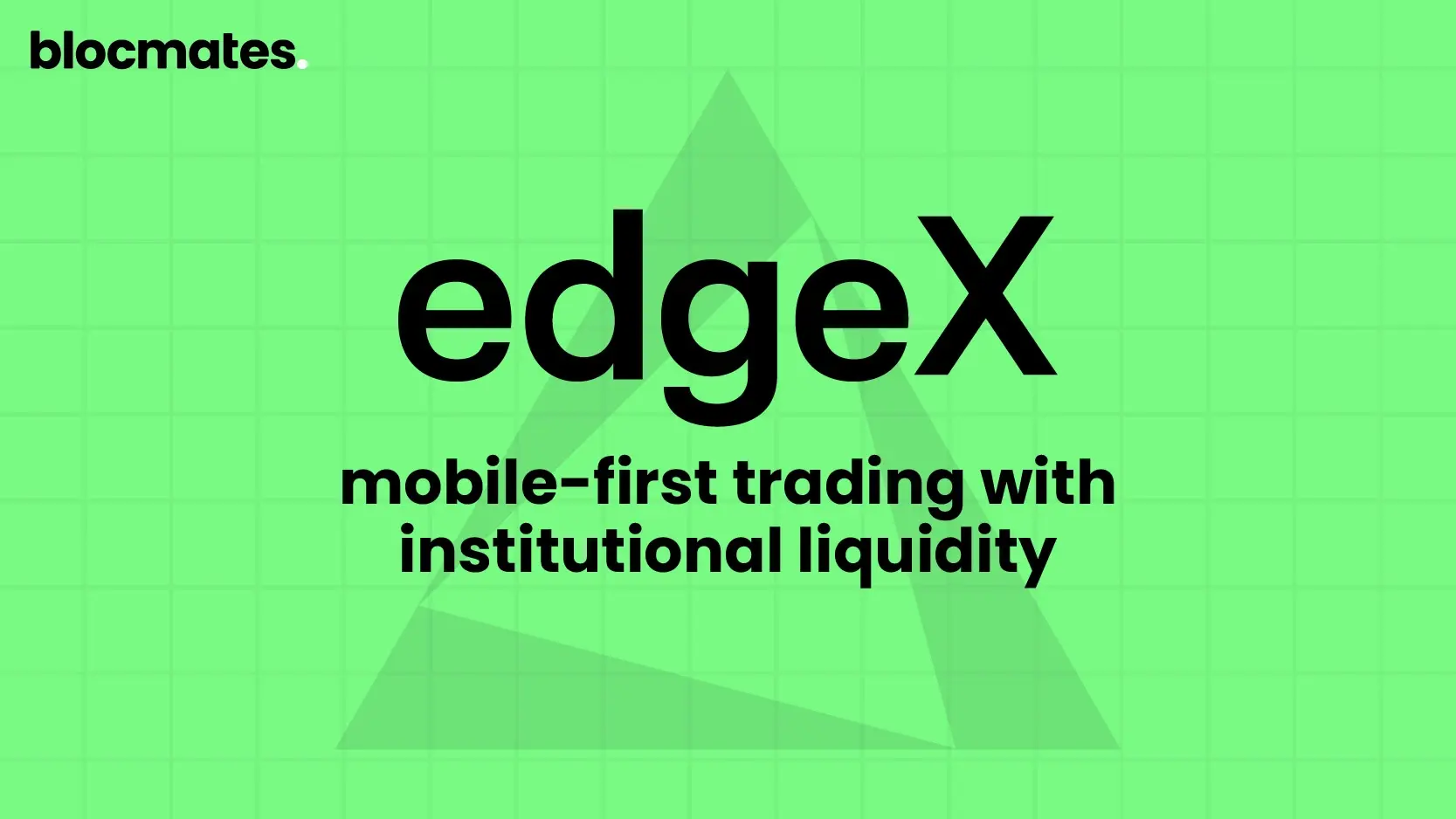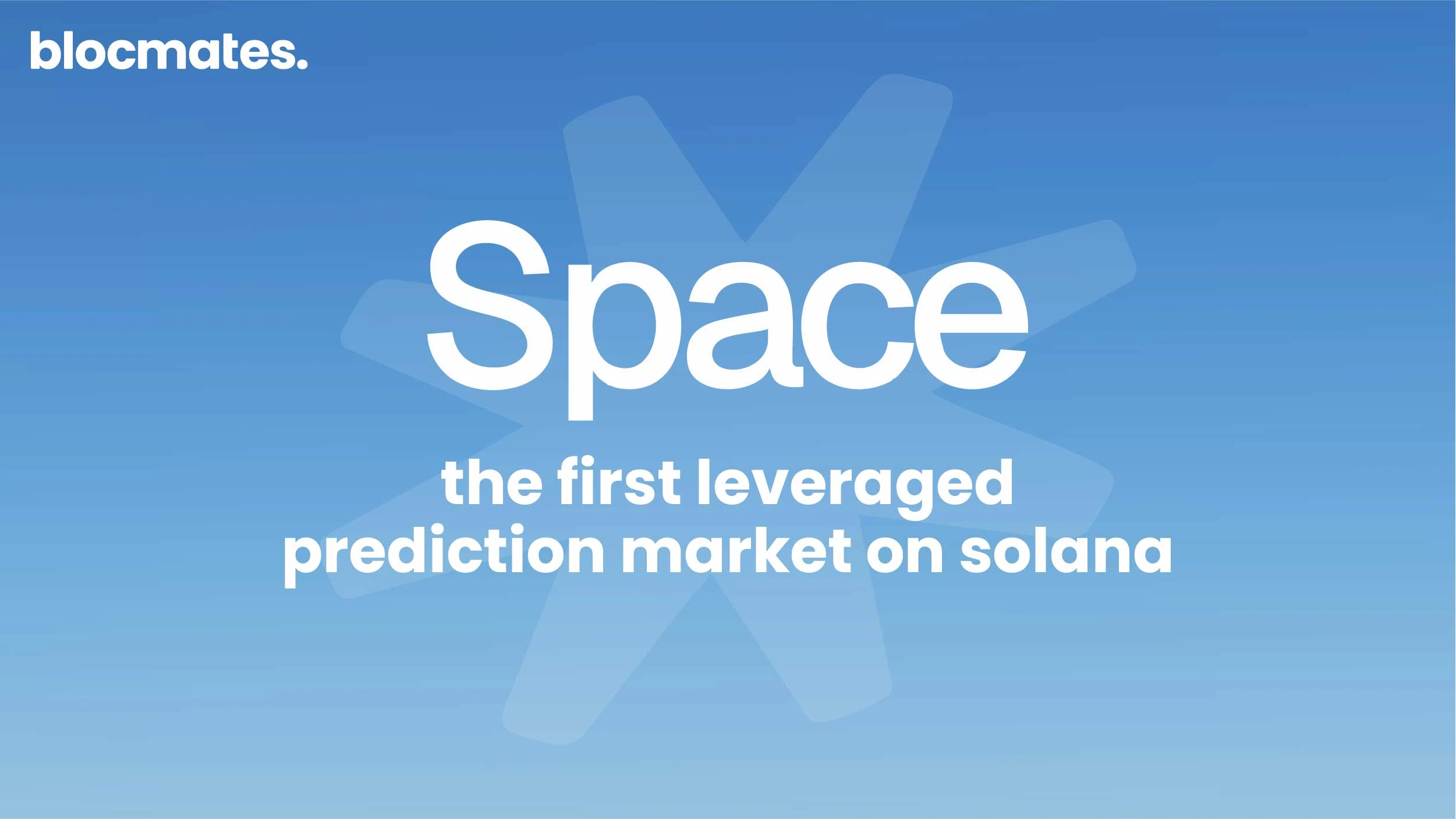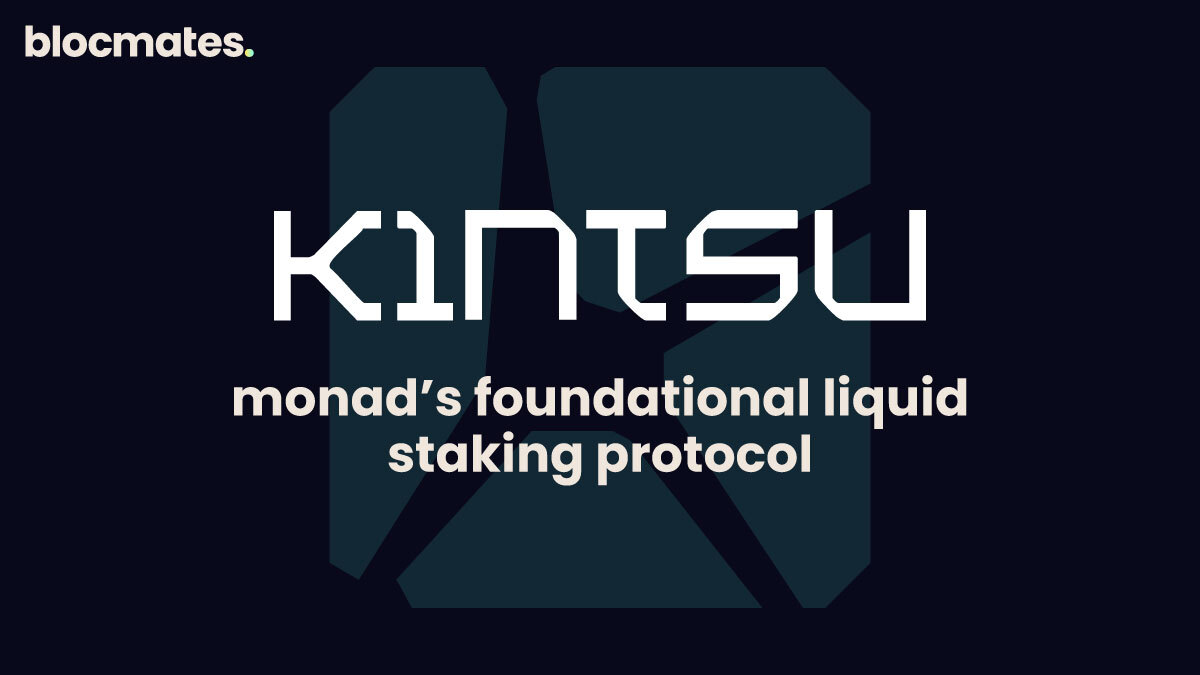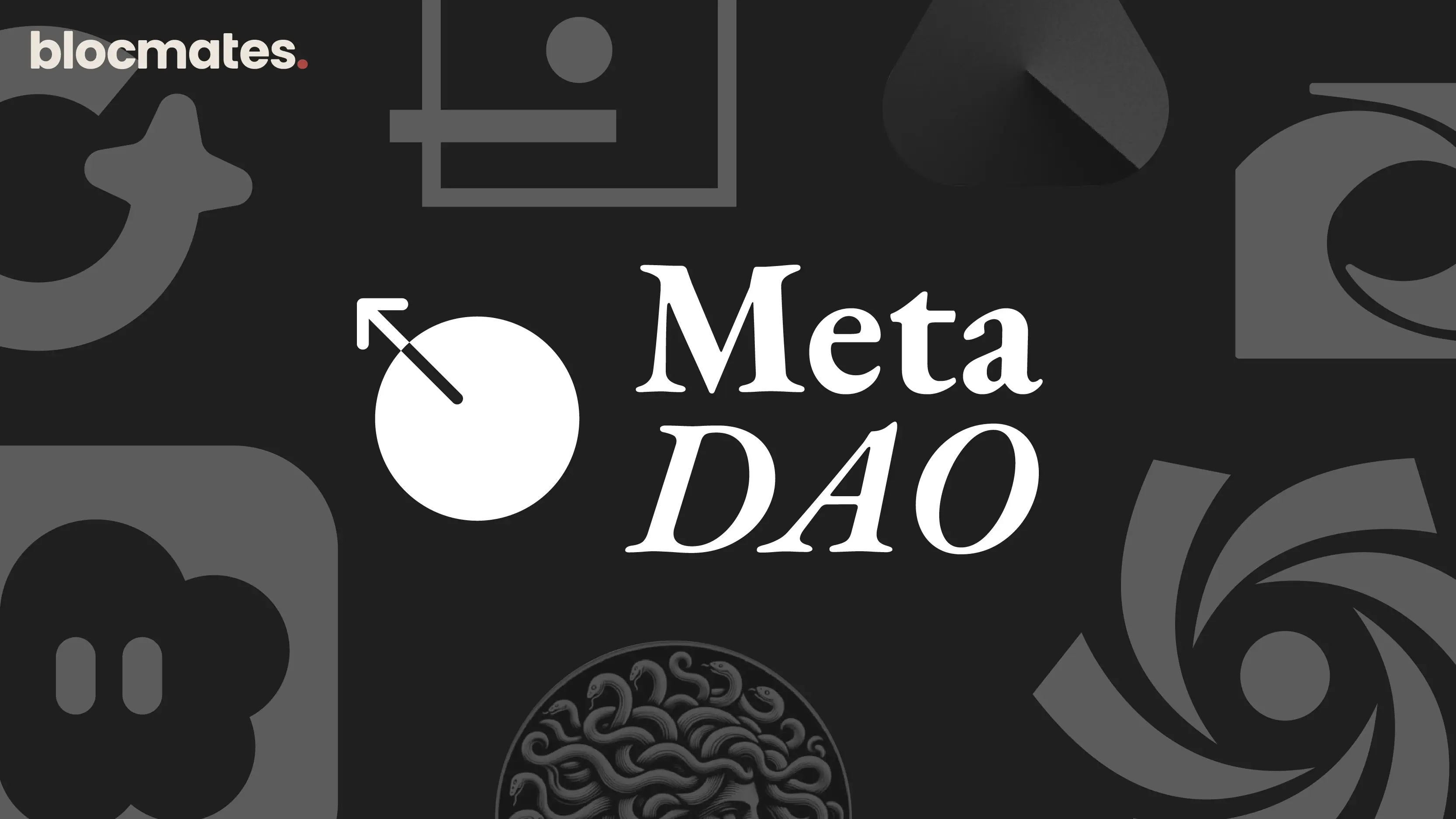Intro
The Real-world assets (RWAs) sector captured $3.63b in total value locked (TVL), in just two years, from 2022 to 2024. This is arguably one of the fastest-growing sectors we’ve seen in DeFi History.
But, what’s the reason for this rapid growth? The answer is simple: unlike other sectors in DeFi, RWAs come with a clear value-add; users get more consistent on-chain yields and institutions get a way to leverage more assets on their balance sheets.

If you’re unaware, Real-world assets are “off-chain” assets that are tokenized to be represented on a blockchain (on-chain). These assets can be anything from gold and treasuries to real estate.
But let me let you in on an open secret:
We haven’t seen anything yet. DeFi’s current offerings barely scratch the surface, if you consider the fact that almost every asset class has the potential to exist on-chain.
Meeting this demand requires multiple solutions, and Ondo Finance is looking to provide an answer with their Global Markets (GM) platform.
To understand how Ondo Finance GM changes the game, let’s start by looking at the current state of RWAs and their adoption up to this point.
Get up to speed on RWAs
RWAs are DeFi products that tokenize traditional assets by accounting for them on a public blockchain. The assets brought on-chain –and used as collateral– include, but are not limited to, real estate, agriculture, U.S Treasury Bills (T-bills), and more.
Altogether, the existing groups that make up DeFi’s RWA sector include:
- Tokenized Treasuries & Securities
- Commodity-backed tokens
- Fiat-backed Stablecoins
- Private credit Markets
- Real-estate
- Regenerative Finance
- Exchanges
- Art & Collectibles

Bringing these assets on-chain enhances the options for reliable yield.
If you’ve been in crypto for a while then you know DeFi native yields are anything but consistent. That said, I can bet your first experience down the DeFi rabbit hole went like this: You just loaded your metamask with funds, and now you’re finally hunting for double-digit yields to earn magic internet money. You search and search for profitable vaults, but all you seem to come across are shitcoin-riddled liquidity pools (LPs) that are (1) inflationary and (2) prone to Impermanent Loss (IL). And the only other source of DeFi-native yield is money markets, and those rates don’t last for long.
RWAs fix this issue by bearing the fixed yields of TradFi assets, which makes the interest rates more reliable. But the benefits don’t stop there. With RWAs, users get access to:
- Globalization: RWAs tokenize previously unaffordable securities and reduce the required paperwork. This allows financial institutions to tap into a wider investor base.
- Increased Efficiency: Blockchain technology reduces transaction times while increasing transparency.
- Increased Composability: Developers can create secondary markets for RWAs that increase the yield options even more.
Similarly, institutions reap major benefits from RWAs. For example, Huntingdon Valley Bank (HVB) inked a deal with MakerDAO in 2022 to collateralize bank loans and borrow DAI. This gave HVB the option to yield farm with the funds or convert DAI to fiat and write more loans.
Yet, while many RWA products focus on holding derivatives of TradFi assets, protocols like CitiDAO have gone a step further. CitiDAO is an on-chain marketplace that lets people buy and sell real estate using crypto.
These endless possibilities have pushed the RWA sector to become a top-10 sector by TVL. Specifically, over the past two years, the RWA sector's total value locked (TVL) has increased by ~2204%, growing from $157m in March 2022 to $3.63b in March 2024.

Introducing Ondo Finance
Ondo Finance is an RWA issuer that tokenizes TradFi instruments like US treasuries and Money Markets to create more options for institutional-grade yields on-chain.
Ondo’s current product suite includes:
- OMMF - Tokenized US government money market funds.
- OUSG - Tokenized US Treasuries exposure. Provides liquid exposure to BlackRock's SHV short-term Treasuries ETF.
- USDY - A tokenized note secured by short-term US Treasuries and bank demand deposits. Think of a stablecoin that comes with a US dollar-denominated yield.
Since Ondo Finance’s launch in January ‘23, it has grown to become the second-largest RWA issuer in the tokenized treasuries & securities category, behind Franklin Templeton:

At present, the tokenized treasuries & securities market has solid offerings but it still requires innovation if it’s going to gain more market share.
Specifically, up to this point, tokenized treasury & security products like Ondo’s USDY or Matrixdock’s STBT have operated under a similar framework. Providers use the underlying off-chain assets to direct yield back to token holders. It’s great, but it still lacks some features if the aim is to provide all of TradFi’s current capabilities to on-chain users.
To fill this gap, Ondo Finance is developing Ondo Global Markets (GM), which opens up the ability to gain price exposure to securities.
Ondo Global Markets
With Ondo GM, on-chain users can execute buy, sell, and transfer orders in public securities, using public blockchains as a messaging system.
Under the hood, Ondo GM submits trade and settlement instructions via smart contracts to traditional market intermediaries. Finance connects with broker-dealers at traditional trading, clearing, and settlement venues who can then submit instructions to exchanges. This allows users to supply liquidity and receive tokens representing securities like stocks and bonds.
As a safeguard, Ondo GM will impose transfer restrictions on issued tokens, limiting the transfer of assets to other users with Ondo GM accounts.
Here’s how it works in practice: Ondo GM lets you use stablecoins to buy stocks like MSFT and TSLA from exchanges like the NYSE and NASDAQ. After you supply liquidity to the platform, Ondo GM purchases the stock and holds the shares in its broker-dealer’s account. In return, you receive a token to your Ondo GM account that acts as an on-chain receipt for the assets.
I’m bullish on Ondo GM for a couple of reasons:
- Globalization: This opens up opportunities for overseas users to access securities in the U.S.
- Liquidity: Tokens are more liquid and have faster settlement. For instance, cash settlement on trading platforms like TD Ameritrade takes 2-3 days, versus the near-instant settlement of Ondo GM.
- Yield Farming: Depending on the secondary markets built for Ondo GM, you can yield farm with securities, effectively turning them into DeFi tokens.
- Diversification: DeFi users can create diverse portfolios that contain a healthy mix of both DeFi native assets and TradFi assets.
The GM platform can potentially have a “Robinhood-like” effect and experience rapid growth by offering users easy access to securities.
However, one thing that turns me off from this platform is the mention of “Ondo GM accounts” which gives me the impression that the platform might enforce strict KYC requirements (eww).
When I think of the idea of going “bankless” it’s usually associated with staying anonymous and investing with fewer restrictions. So it wouldn’t make sense to use Ondo GM unless the listed securities are “must-haves” in my portfolio.
Furthermore, Ondo GM’s growth potential can only be fulfilled if, and when a particular blockchain significantly advances the onboarding flow for new users.
This is a problem that has no clear solution or time horizon. So to position themselves correctly, Ondo is hedging their bets by deploying to different chains that feature promising tech and stacked ecosystems (in terms of dApps that provide offramping/onramping infrastructure).
At present, Ondo’s blockchain deployments include:
- Polygon
- Sui
- Aptos
- Solana
- Ethereum
Each of these blockchains comes with unique benefits:
- Polygon: Polygon is the blockchain with the most Web2 partnerships and is positioned to onboard a lot of retail users.
- Sui and Aptos: Sui and Aptos are blockchains built using the move programming language. Both of these chains feature extremely high throughput, and low finality so the tech is expected to consistently handle high amounts of on-chain traffic.
- Solana: Solana has positioned itself as one of the biggest non-EVM competitors to Ethereum and it’s home to one of the most active developer communities.
- Ethereum: Ethereum is the leading public blockchain and serves as the base layer for many L2 networks.
Right now, Ondo Finance is only concerned with supplying USDY liquidity to these blockchains. However, it’s safe to assume these chains will also serve as platforms for Ondo’s up-and-coming GM as time progresses.
Other emerging players in the RWA space
As RWAs heat up, protocols are constantly launching new RWA products to expand access to previously gate-kept investment instruments. Let’s take a look at some (KYC-free) RWA products I’m excited for:

Tron stUSDT
Tron’s stUSDT is a staked derivative of USDT backed by short-term government bonds and other assets. When users stake USDT for stUSDT, the RWADAO purchases assets that earn interest and the user receives a rebate that increases their stUSDT balance.
At present, stUSDT is currently the 3rd largest RWA protocol with a TVL of $1.35bn, but there’s still more room for growth. The Tron blockchain is home to $52.12bn USDT, so if stUSDT captured even ¼ of this amount it would make stUSDT the largest RWA protocol by a long shot –even beating out MakerDAO.
Furthermore, since Tron is the second largest blockchain by TVL, stUSDT will likely ride on the back of the popularity of Tron as it continues to gain market share in regions like Asia and the Middle East.
International Stable Currency (ISC)
International Stable Currency (ISC) is Solana’s first and only flat coin and is pegged to the value of an underlying basket of commodities, bonds, and equity. The makeup of ISC’s collateral includes:
- VWRA (Vanguard FTSE All-World UCITS ETF USD Acc)
- IB01 (iShares $ Treasury Bond 0-1yr UCITS ETF USD A)
- AGGU (iShares Core Gl Aggregate Bd UCITS ETF USD Hgd Acc)
- SGLD (Invesco Physical Gold ETC Fund)
- USD (United States Dollar)
By just holding ISC, you can protect yourself against inflation and have more buying power over time. Year-to-date (YTD), ISC has increased by ~9%.
Parcl
Parcl provides a new way to invest in real estate by allowing users to long & short indices that track the value of residential areas. Parcl is one of the only dApps to offer access to real estate markets in this way, and they're ensuring they remain in the spotlight by developing software to accurately quote real-estate price action –think of a real-estate oracle.
LandX
LandX offers tokenized perpetual commodity vaults for four different agricultural products including Wheat, Rice, Corn, and Soy. Users can purchase tokens (e.x. xSoy, xWheat etc.) representing 1kg of the underlying commodities. These tokens can also be staked to access the interest generated by the underlying farmland.
The provided capital goes to real-world farmers in exchange for a legal share of their crop.
As a smaller RWA provider, LandX has some of the biggest potential. Not many people are aware that you can invest in agriculture, and as the popularity of RWAs grows, so will the desire to diversify your portfolio.
Takeaways
RWAs present a new hybrid asset class that will help further both DeFi and TradFi, and Ondo’s GM has the potential to be at the center of this paradigm shift.
With Ondo GM, users get one step closer to ownership of TradFi assets, which previous RWAs did not allow. This has the potential to increase RWA's market cap and benefit the financial landscape as a whole.
However, Ondo GM might impose strict KYC requirements which would turn off existing on-chain users, and stunt its growth.
Nonetheless, the platform presents a great opportunity to advance the RWA sector with new use cases. And if the KYC requirements aren’t too much, it could make the bankless narrative even more enticing.
Similar to GM, Parcl, and LandX both present new capabilities to DeFi. Real estate and Agriculture are TradFi investments with relatively high barriers to entry, and the development of RWAs is making them more easily accessible. When the crypto bubble bursts, and more retail investors start transacting on-chain it’s likely that both Parcl and LandX will experience massive growth.
Nonetheless, the RWA sector is actively upgrading the current DeFi market and has the most potential – regarding DeFi’s existing sectors– to onboard users to crypto.



















.webp)

.webp)
.webp)

%20(1).webp)



























































%202.webp)


.webp)

.webp)
.webp)
.webp)



.webp)












%20the%20Next%20Big%20Unlock%20in%20AI.webp)
.webp)
.webp)

.webp)
.webp)
.webp)


.webp)
.webp)










.webp)


.webp)









.webp)







.webp)




.webp)


























.webp)







.webp)















.webp)

.webp)
.webp)

.webp)














.webp)

.webp)


.webp)








.webp)




